Uplifting blog
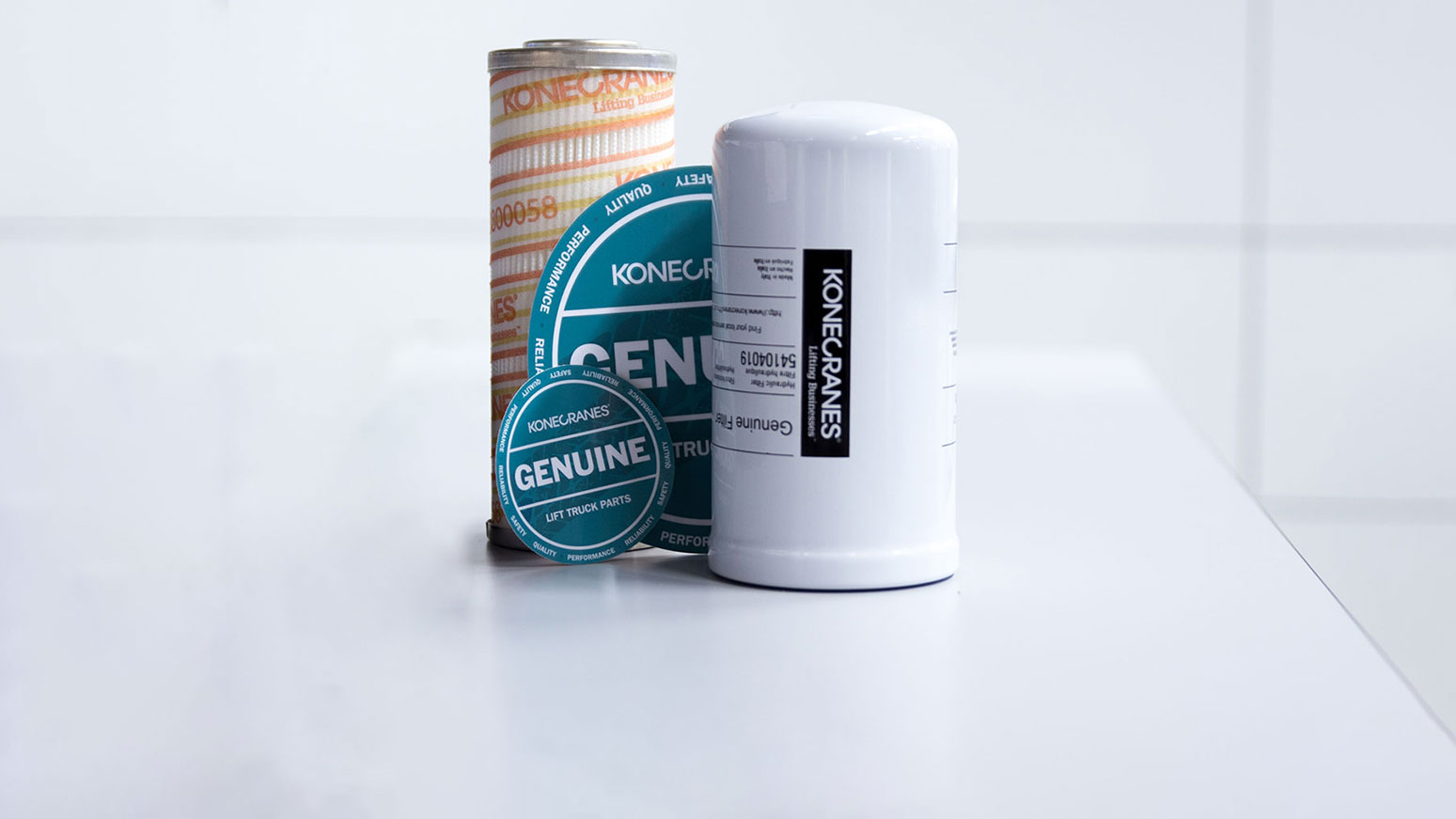
Get full value from your lift truck with original spare parts
A lift truck is never a short term investment. Its purpose is to aid and enhance productivity, often in challenging environments, at maximum uptime over its service life.
But this long view sometimes gets muddied when it comes to spare parts. The temptation to save on high wear consumables such as filters, belts and braking components, or even on more complex components, can be easy to give in to. There may be some short term savings. But the choice to use them is not without risk, including to the total operational lifecycle of your lift truck—and by definition, your investment in it.
Made for each other
Konecranes original spare parts for lift trucks are the same ones originally and extensively tested as part of a calibrated system. “The same people who design the machines also design or specify the parts,” says Johan Kårhammer, Global Spare Parts Operations Manager. “Whether the parts are designed in-house or sub-contracted, they adhere to the same high quality standards and are fit-for-purpose for optimal performance of the machine.”
In other words, a chain is only as strong as its weakest link. Spare parts other than OEM origin may have been quality tested individually, but not necessarily extensively as a system. Sub-optimization of any system has consequences, and lift trucks are no exception—whether it’s in the day-to-day costs or performance of your equipment, or on its total operational lifecycle.
“Machines are always thoroughly tested before leaving the factory,” says Nicoleta Creţu, Parts Products Manager. “So parts are tested at Konecranes and the supplier before something is out there.”
Since original equipment components prioritize system optimization from the earliest design stage, Konecranes can’t guarantee the performance or especially the impact on operational lifecycle of machines equipped with third party-sourced spare parts.
Improving with age
Another important—and often overlooked—consideration for choosing original spare parts is to preserve the true “original” capabilities of the lift truck long-term.
Konecranes engineers are continually testing, updating, redefining heat or surface treatments and much more to ensure the best possible quality of the part and optimization for lift truck performance.
“When you order a spare part through an official Konecranes channel, it will always be the latest version available,” says Nicoleta. “And it will continue to conform to all applicable standards, and regulations, of course.”
Any changes are applied automatically, and become available by default on every new replacement. “In some cases, it means you won’t just be repairing your machine—you’ll be improving it, simply by sticking to original Konecranes spare parts for service and maintenance,” says Johan.
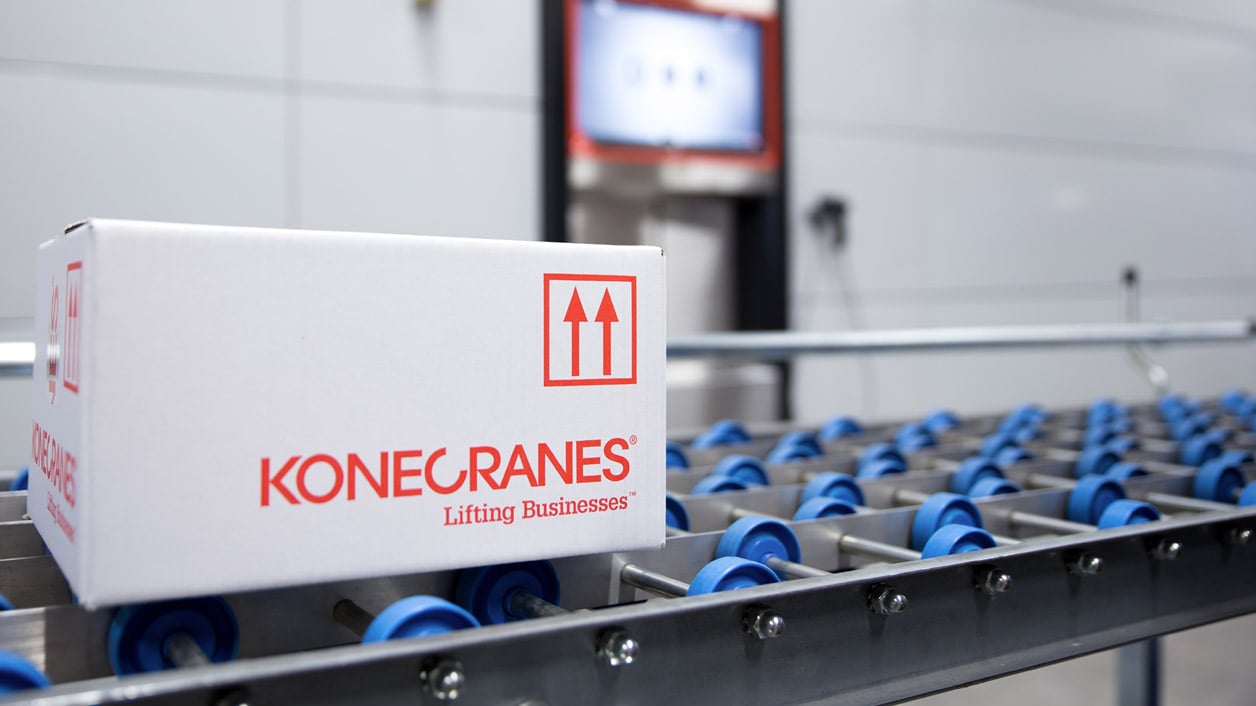
Worth the risk?
Other arguments also apply—you can’t compromise on productivity, profitability and especially safety. Your spare parts shouldn’t either.
“If you start installing non-original parts, you won’t get the same high quality, and you risk unplanned downtime, or other consequences of part or system failure,” says Johan. “That could be much more costly than the savings realized on the non-original spare part.”
EU machine directives have also made clear that modification of a machine with parts not coming or authorized from the manufacturer makes the modifier legally responsible for any consequences. If Konecranes is unable to confirm parts liability and the operational safety of a machine, it affects its residual value significantly.
Protect your investment, and peace of mind, by choosing genuine original spare parts from Konecranes.
As the article is about the impact of spare parts on the service life of the equipment, it needs to be addressed early. I disagree that there was a negative association with the original suggestion. But I’ve changed it to hopefully capture the suggested change while maintaining the premise in this first paragraph.
This idea is focused on in the next section “improving with age”—the whole section, basically. This section is about the compatibility/optimization of parts for each other in the system.
I think the idea that the order number is the same is the most important thought to share. But I’ve changed it to reflect the comment.
Related Articles
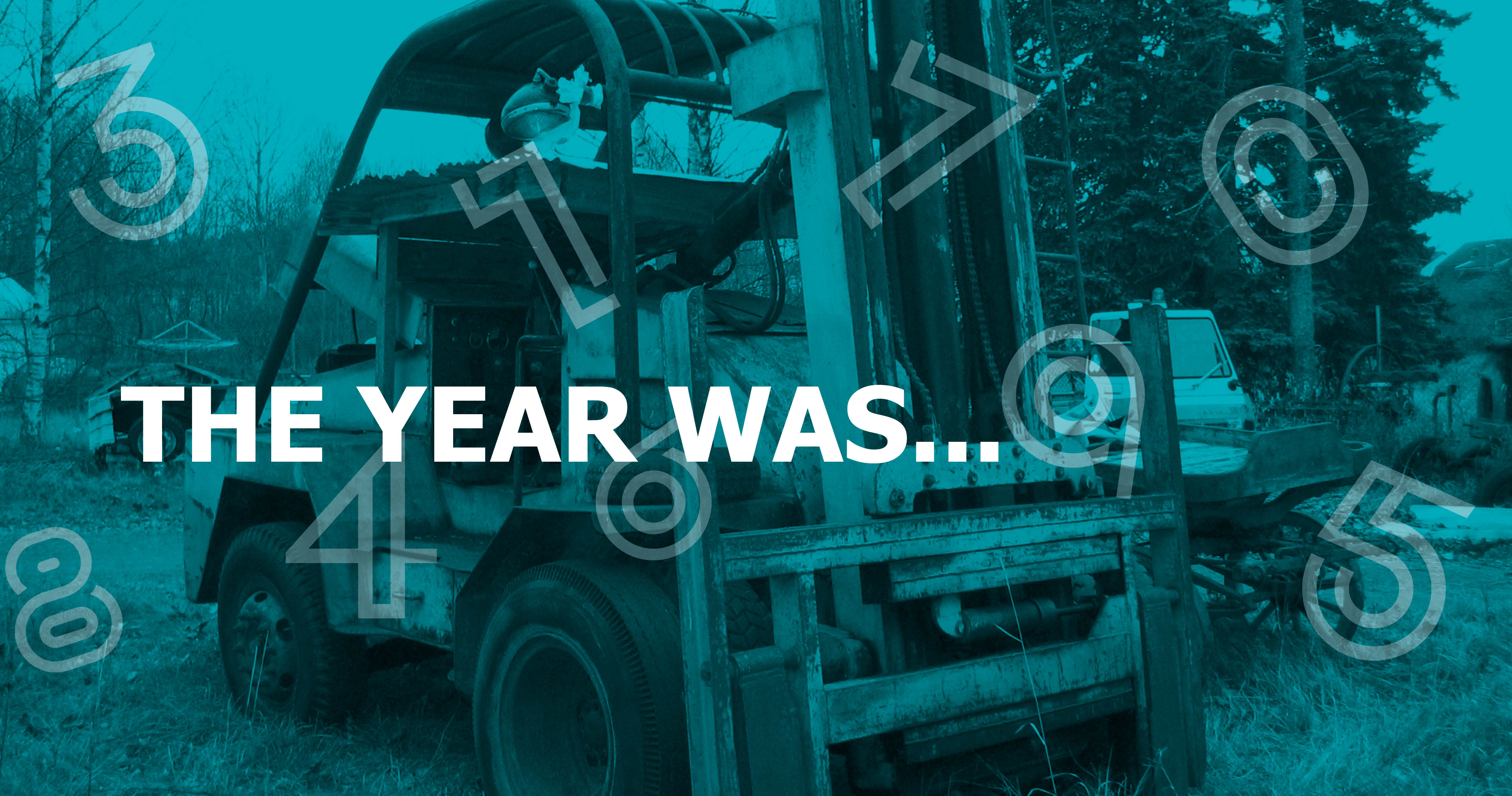
1994 – A new beginning
In 1994, after more than 40 years in business, Konecranes’ precursor SMV was a leading lift truck...
2 Minute Read
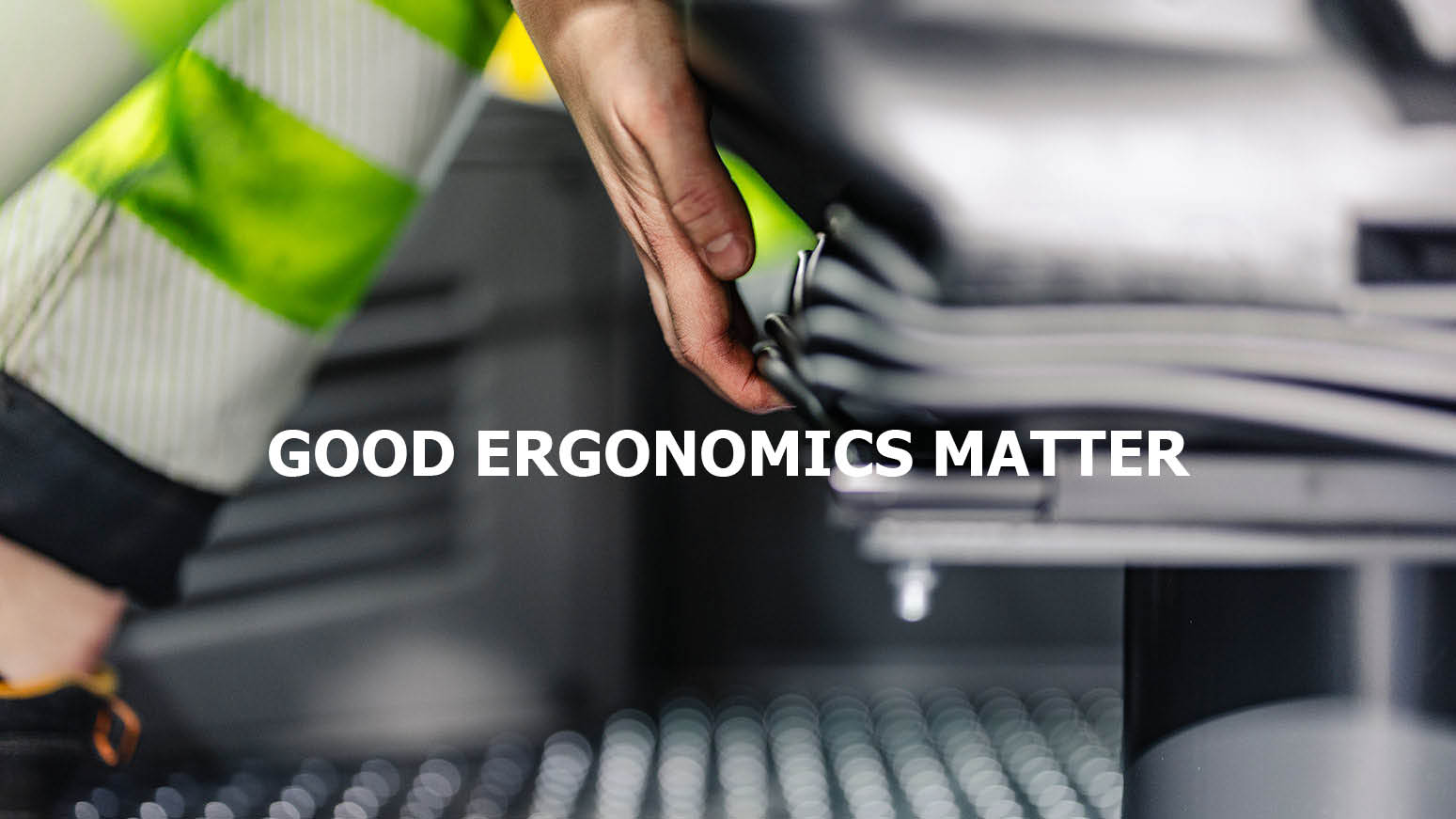
The importance of lift truck ergonomics
In the world of material handling, lift truck drivers are responsible for moving heavy goods in...
2 Minute Read
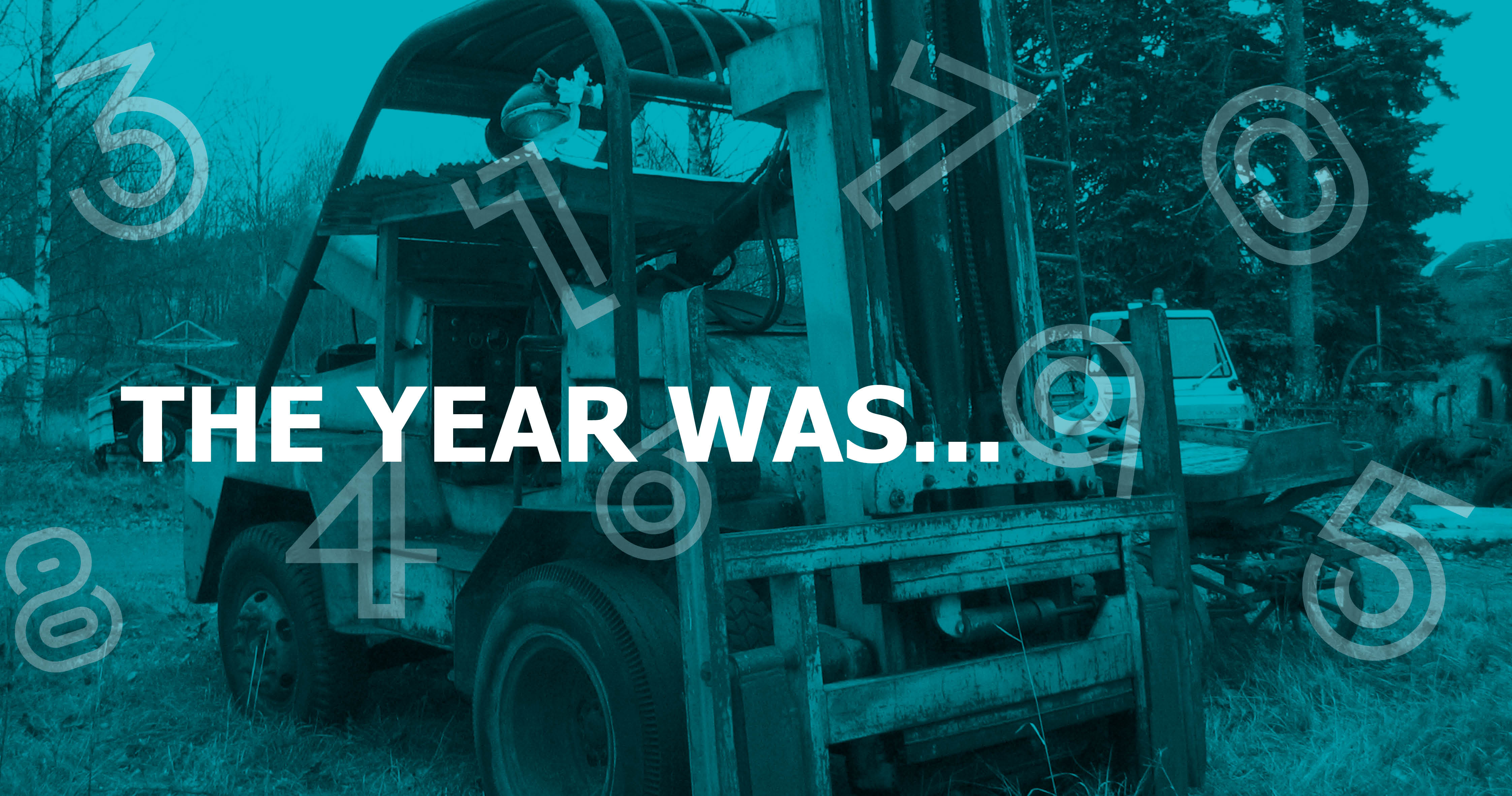
1917 – the very first lift truck is born
Today we see it as a matter of course to use lift trucks and reach stackers to handle goods in...
2 Minute Read
